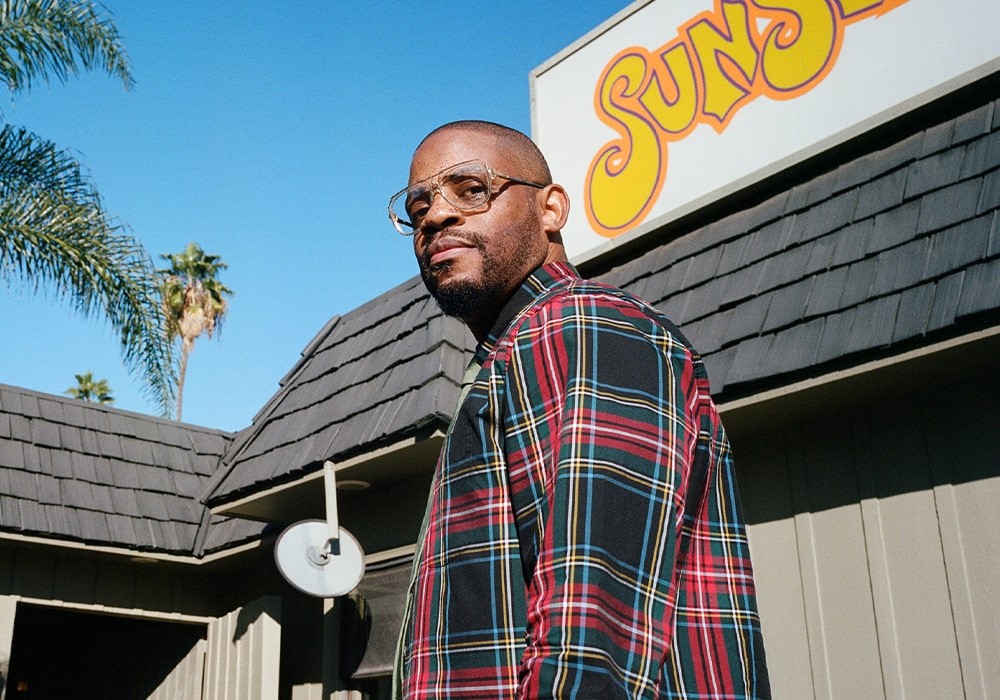Like most engineers, I learned my trade on various tape- based analog machines. Most of my early days were spent working on a Fostex B-16 1/2". Soon enough, I had graduated to 2" recording and spent countless hours recording bands like Will Haven, Deftones, 7 Seconds, Knapsack, and others on that format. Times have changed. I now find myself addicted to the joys of hard drive-based recording and I'm always a little disappointed whenever I have to go back. A few years ago, I decided that I wanted to get more serious about entering the world of electronic music. Instead of going the sampler/sequencer route, I opted to buy a better computer and focus on a fully hard drive-based system. After a little research and a decent amount of time staring at my computer monitor, I found myself to be quite taken with programs like Sonic Foundry's Acid, Sound Forge, and more recently Vegas. Very quickly, I became a fan of the newfound freedom that I had been granted. I discovered that, with a little creative thinking, any style of music could be captured and presented quite well with computer-based system. I loved the idea of being able to go from having a song idea to having a mastered CD using just one piece of gear. Added to this were the benefits of almost limitless sample time, not needing to buy expensive analog tape and being able to work on professional level projects in my bedroom. I got off to a great start on this system without spending too much money.
I now find myself working with computer based hard drive systems more that with analog machines. This process became even more prevalent last year when I recorded an album for the band, Training For Utopia. (Throwing A Wrench Into The American Music Machine - Solid State/Tooth and Nail Records). TFU came up out of the hardcore/metal scene and was a band that I had worked with in the past in a more traditional/analog manner. When we started to talk about their new album, both the band and I were very interested in making a much more electronically treated record. In many ways we set out to make a remix record that would, in fact, be the original version of the record. We went about this is a fairly untraditional way. The basic tracks were recorded to 2" in a conventional studio. We did this quickly not paying much attention to small mistakes. I then loaded the drum tracks, bass lines, guitar riffs, and vocal passes into my computer and went home. The remainder of the album was assembled, reassembled, filtered, effected, and mixed in my computer. Real drums were layered with programmed beats, guitars were sampled and rearranged, vocals were tampered with in any way necessary and it was all done on my Gateway PC in my bedroom using a few pieces of Sonic Foundry software.
Some time during all of this, my band Tinfed managed to get a record deal with Third Rail/Hollywood Records. Having recorded all of our past efforts myself, I welcomed the chance to work with a bigger budget and a producer. This would be the first time in seven years that I would get to be in a studio without being fully responsible for the production/engineering side of things. We ended up working with Ed Buller (Suede, Ben Lee, Pulp, Spiritualized, etc.) at The Plant in Sausalito, CA. Going into the record, Ed made it clear that he was a big fan of Pro Tools. As a band, we agreed that we were up for it as well.
In an attempt to capture some traditional analog warmth, we decided to track the drums to 2" analog tape. From there on in, however, every other aspect was handled in Pro Tools. Very quickly, I fell in love with Pro Tools-both as an engineer and musician. Due to features such as no rewind times and quick auto punches, I found that it is so much easier to concentrate capturing good performances and to stop worrying about complete perfection. With a digital editing system as powerful as Pro Tools 5.0, practices such as recording multiple takes and...
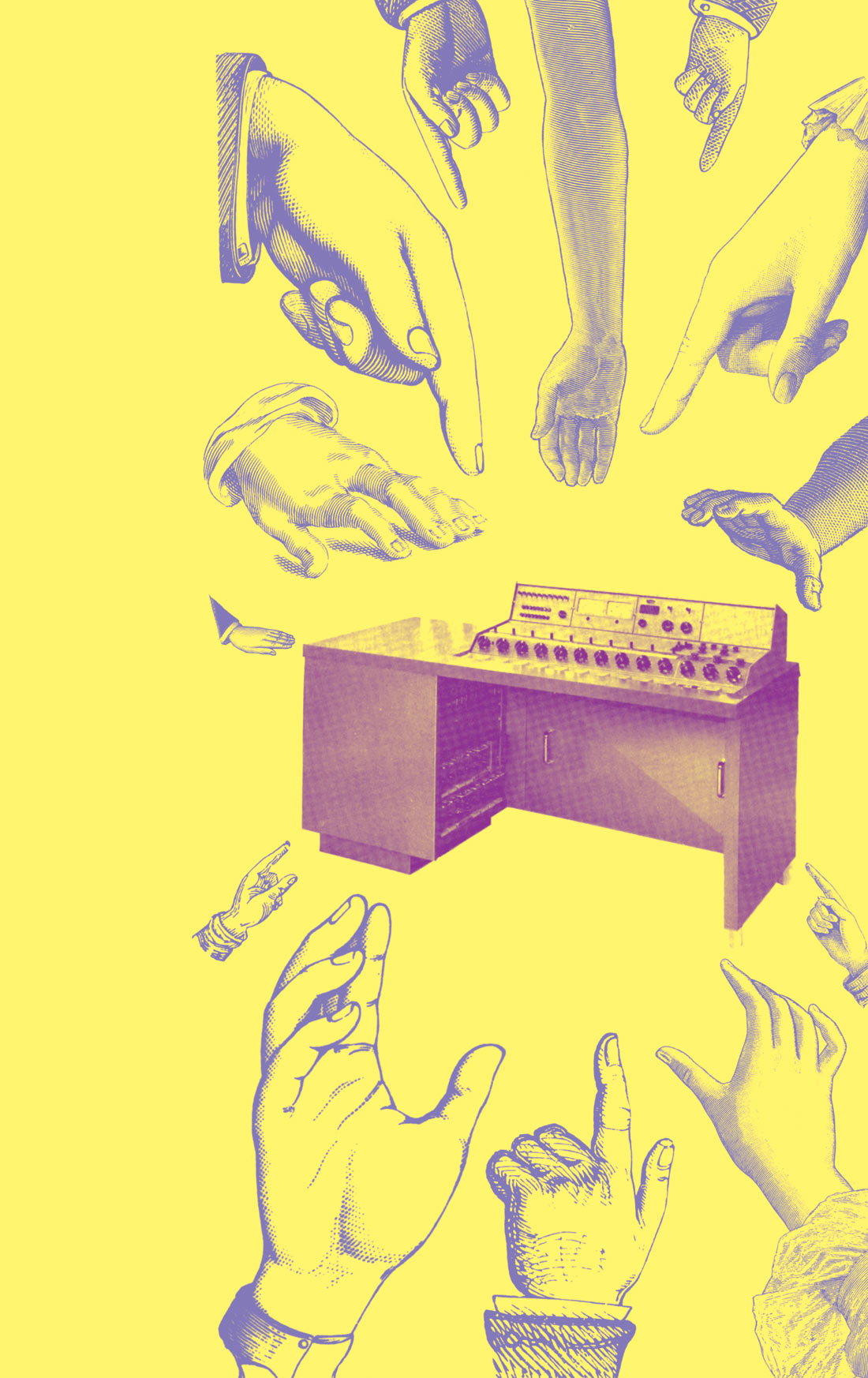


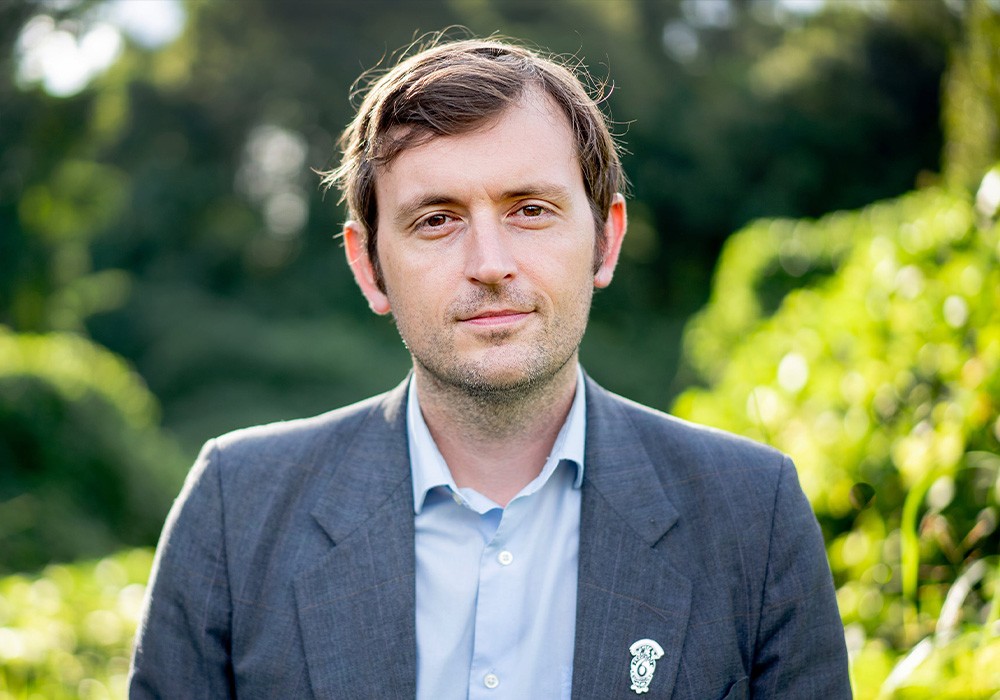
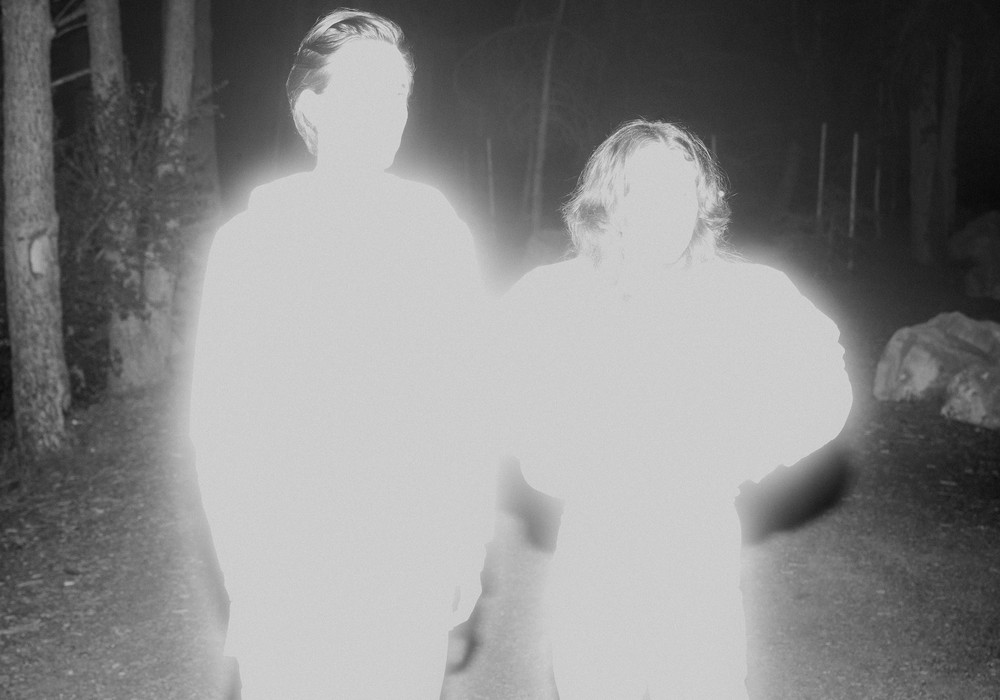
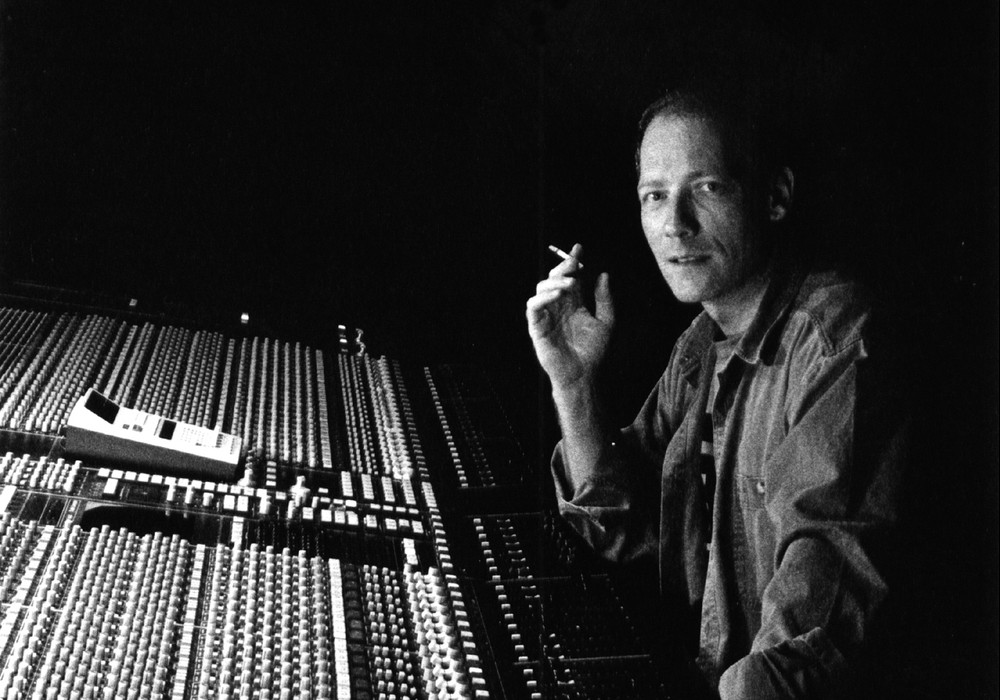
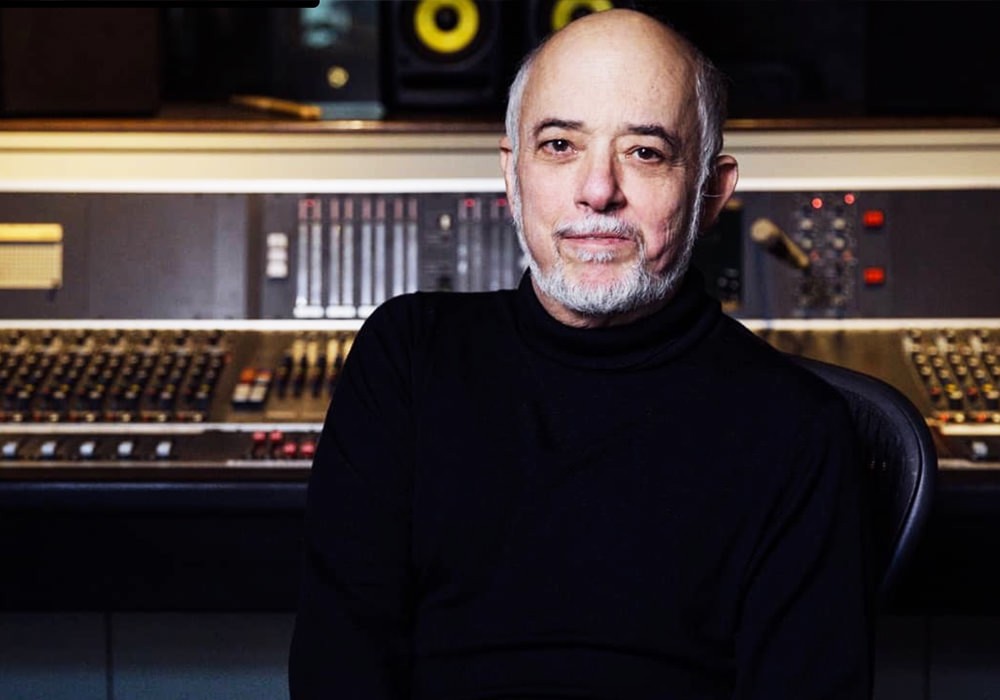
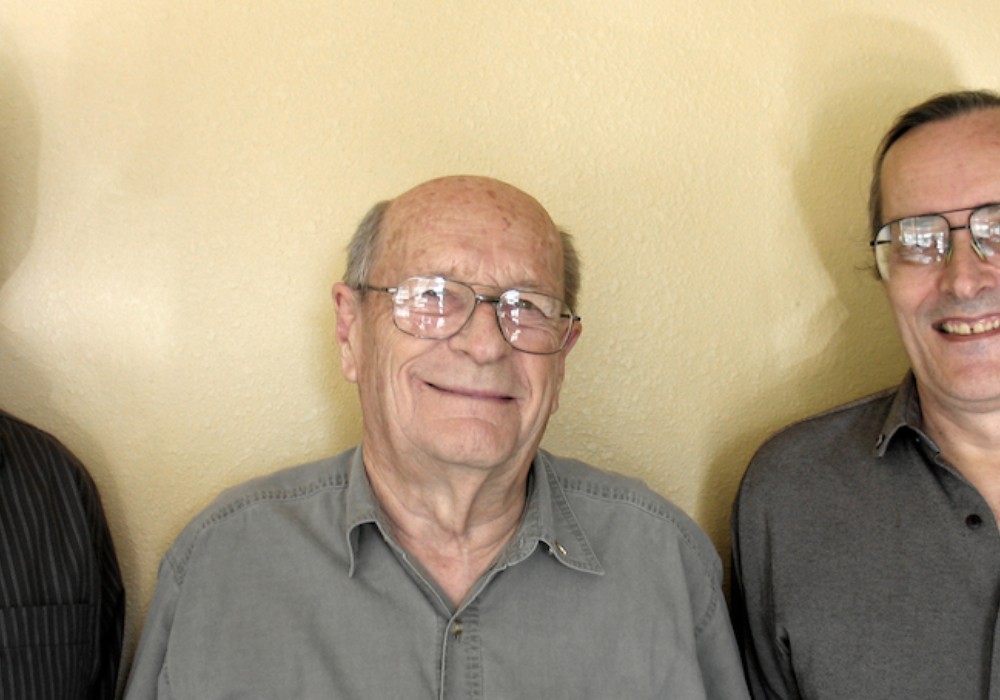
_display_horizontal.jpg)
